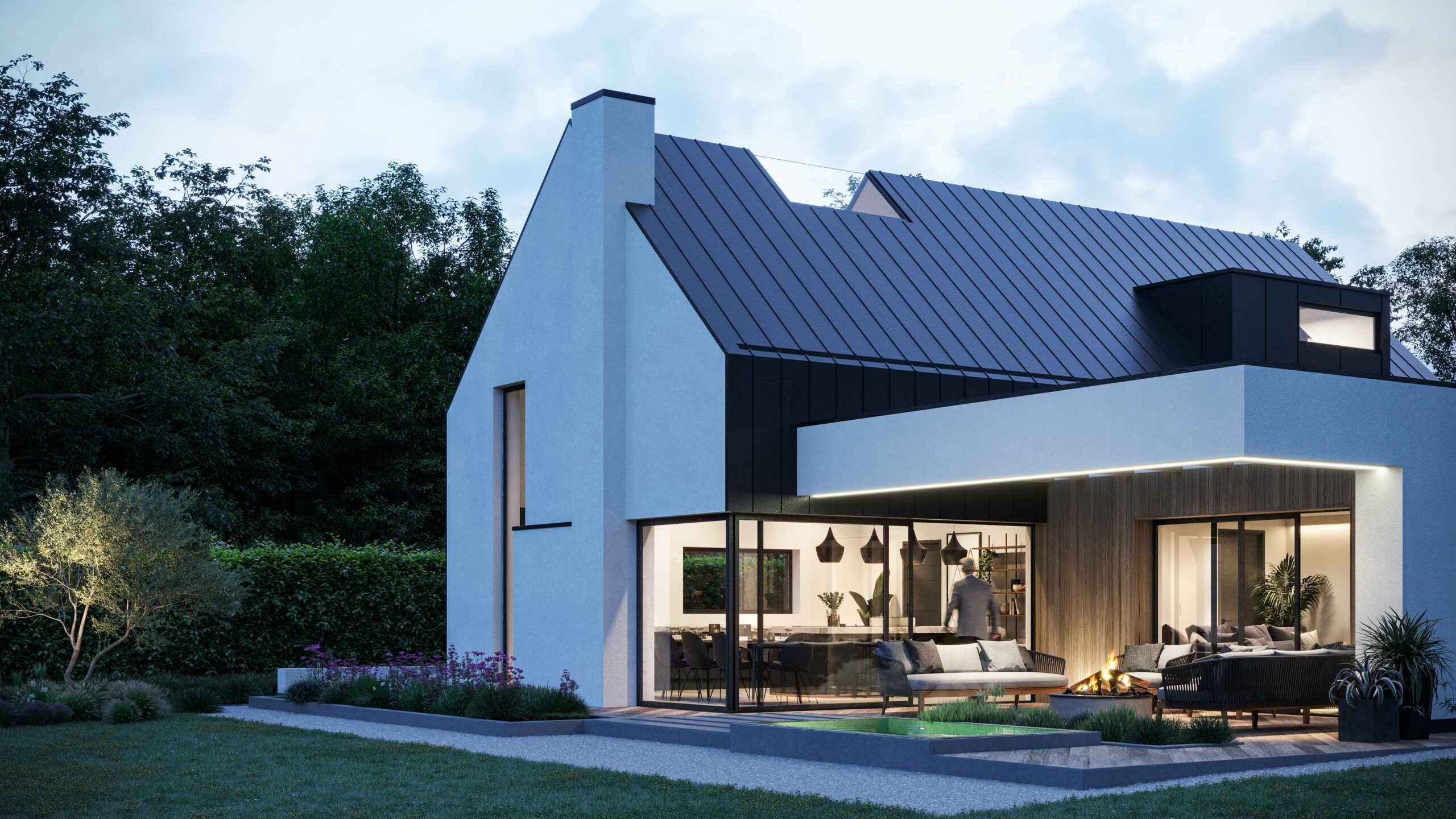Loz Harper's blog : Are Your Thoughts On Green Belt Architectural Companies Identical To Mine? Lets See.

What explicitly is one truly second to none thing regarding the best Green Belt Architectural Companies organisations that ensures they eclipse the crowd?
Often the best business investment opportunities are right under your nose, yet are somewhere no one else has dared to look. A prime example is building on green belt land. Could this be an investment opportunity that many are missing out on? Green belt planners and architects share the principles of social equity, economic health, and environmental responsibility to minimise waste and to create healthy, productive environments. As you’d expect, green belt architects design and construct buildings from initial concept sketches and feasibility studies, and see projects through the planning and building regulations stages to the finished building. Some councils prioritise high-quality design and ‘impact’ rather than strict adherence to cubic volume; some councils are less prescriptive on outbuildings or extension sizes depending on the size of the plot, so local expertise is absolutely indispensable – otherwise applying is a bit of a shot in the dark. Every house green belt building designers design is a unique and deeply personal translation of your vision, using revolutionary technology and sustainable methods. A net-zero energy building is one which relies on renewable energy sources to produce as much energy as it uses over the period of a year. This means the building sources or provides as much energy as it consumes, equating to a net-zero carbon result.
In certain cases, replacement buildings in the green belt more than 50% larger may be permitted even if there are no very special circumstances. Each case would need to be judged on its own merits but it is possible that this may occur when the proposal results in a small increase above the 50% figure and there are other clear and demonstrable benefits. There are some large towns – for example, Brighton, Plymouth and Teesside – where large tracts of the surrounding countryside is designated Area of Outstanding Natural Beauty or National Park, but not designated as Green Belt. The non-Green Belt areas have overall more nationally designated landscapes and (partly as a result of this) a relatively higher concentration of environmentally sensitive farming schemes. A local council will reserve the right to remove permitted development rights for development which may have an adverse impact upon the openness of the Green Belt. This may include extensions and outbuildings, fences or activities such as external storage. The main aim of Green Belts is to prevent urban sprawl by keeping land permanently open; the essential characteristics of Green Belts are their openness and their permanence. Due to their strategic nature Green Belts will have significance beyond a single local authority. Formulating opinions on matters such as Architect London can be a time consuming process.
Experts In Green Belt Planning
To achieve sustainability in architecture, it’s important to address how household by-products will be handled in a low-impact manner. Systems need to be built into the design that will manage things like gray water harvesting for garden beds, composting toilets to reduce sewage and water usage, as well as on-site food waste composting. Each element can help to significantly reduce a household’s waste well into the future. The Government, publicly at least, are stating their commitment to protecting the country’s Green Belt. This commitment has been made despite the government’s election pledge to build 200,000 new homes per year and with the backdrop of a growing population, significant demand for new homes, increasing affordability issues and the fact that housing construction is at its lowest levels since the early 1940s. Green architecture is creating or modifying a building that helps reduce the negative and harmful effects on our climate and natural environment all through its design strategy, construction process, and operation. While in other parts of England, Brexit and other national issues may have determined the course of the recent elections, it is clear that in counties such as Surrey, Berkshire, Essex and Hertfordshire, which are within the London Metropolitan Green Belt (LMGB), the outcome of district and borough councils had been influenced more by communities’ anger at proposals to build housing estates on Green Belt land than by any other concern. The fundamental aim of Green Belt policy is to prevent urban sprawl by keeping land permanently open; the essential characteristics of Green Belts are their openness and their permanence. Research around Green Belt Land remains patchy at times.Green belt architects create environments that achieve their potential as original, sustainable and healthy extensions of our world around us. Their inspiration comes from each other, their solutions stem from experience and their story is one they're proud to tell, side-by-side with their clients. A ‘Grand Designs’ style property can be built in the green belt if it meets the tests set out in Paragraph 80 of the National Planning Policy Framework. The purpose of the planning system is to contribute to the achievement of sustainable development. At a very high level, the objective of sustainable development can be summarised as meeting the needs of the present without compromising the ability of future generations to meet their own needs. An essential part of a green belt architect's service is being able to draw on public and private sector experience taken from locally based advisors operating across the UK. Their team has the technical understanding and expertise to provide comprehensive advice for scheme promoters and property owners and occupiers. Green belt architects provide expert, innovative and flexible advice to landowners, developers, community groups, businesses and rural enterprises with an interest in land and property. Their detailed knowledge of the planning and development industry and enthusiastic approach to achieve the best for their clients sets them apart from the competition. Key design drivers for Green Belt Planning Loopholes tend to change depending on the context.
Creative Vs Conservative
By devolving decisions on Green Belt release to district councils, it is unlikely that a radical approach to rethinking the Green Belt will ever take place. In such a context so-called NIMBYism is completely understandable. Any councillors brave enough to take on the challenge are unlikely to remain in office for long. Sites within the Green Belt have significant, but not insurmountable, restrictions and you are always advised to seek professional advice when considering any development within the Green Belt. New houses not associated with countryside use will not usually be acceptable in the green belt unless there are exceptional planning reasons for approving them. These reasons include the reuse of brownfield land and gap sites within existing clusters of dwellings. Designers of homes for the green belt understand that undertaking a construction project can be an overwhelming prospect for many. For this reason, they take project budgeting seriously, developing a detailed understanding from the early stages and taking a leading role in cost planning. How can we protect best practice developments when land value is high, and the rewards of greenbelt builds would be high? How can we prioritise different sector needs to divide the greenbelt equitably? What are the environmental implications of building on the greenbelt? Highly considered strategies involving Net Zero Architect may end in unwanted appeals.Buildings, as a kind of third skin, are an important factor for our health and quality of life. A high performance level at work can only be obtained when a high level of well-being exists also. Paragraph 80' or 'Para 80' is short hand for the circumstance set out in criterion (e) of paragraph 80 of the National Planning Policy Framework (NPPF 2021) that allows new isolated homes to be built in the countryside. As a practice green belt architects are continuously researching and striving to identify more environmentally responsible, integrated, and innovative solutions for all of their projects. For many types of building, green belt architects are experienced with working with a wide range of people, particularly at the early stages, and ensuring that all views are noted and reflected in the design brief and ultimately in the completed building. The green belt has been one of the UK’s most consistent and successful planning policies. Over the past century, it has limited urban sprawl and preserved the countryside around our cities, but is it still fit for purpose in a world of unprecedented urban growth and potentially catastrophic climate change? Designing around New Forest National Park Planning can give you the edge that you're looking for.
Developing Green Belt Land
Architects specialising in the green belt have considerable experience in submitting planning applications. From an architectural perspective, they recognise that creating a top class design solution plays a huge part in securing your planning consent, particularly if the location is sensitive or highly visible. The fundamental aim of Green Belt policy is to prevent urban sprawl by keeping land permanently open. National policy states that inappropriate development, in the Green Belt, which includes the construction of new buildings, should not be approved except in very special circumstances. By using the right architect, Green Belt projects can provide a fantastic opportunity to create functional and efficient homes set in beautiful countryside. Check out additional information regarding Green Belt Architectural Companies at this House of Commons Library link.Related Articles:
Extra Insight With Regard To Architectural Consultants Specialising In The Green BeltSupplementary Findings With Regard To Architects
Background Information About London Green Belt Architects
Supplementary Insight On Green Belt Architects And Designers
Extra Insight On Green Belt Architectural Practices
Background Insight On Green Belt Architects And Designers
Extra Information About Green Belt Architects And Designers
- Career

